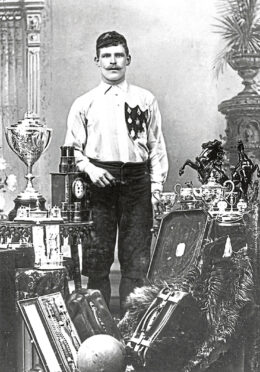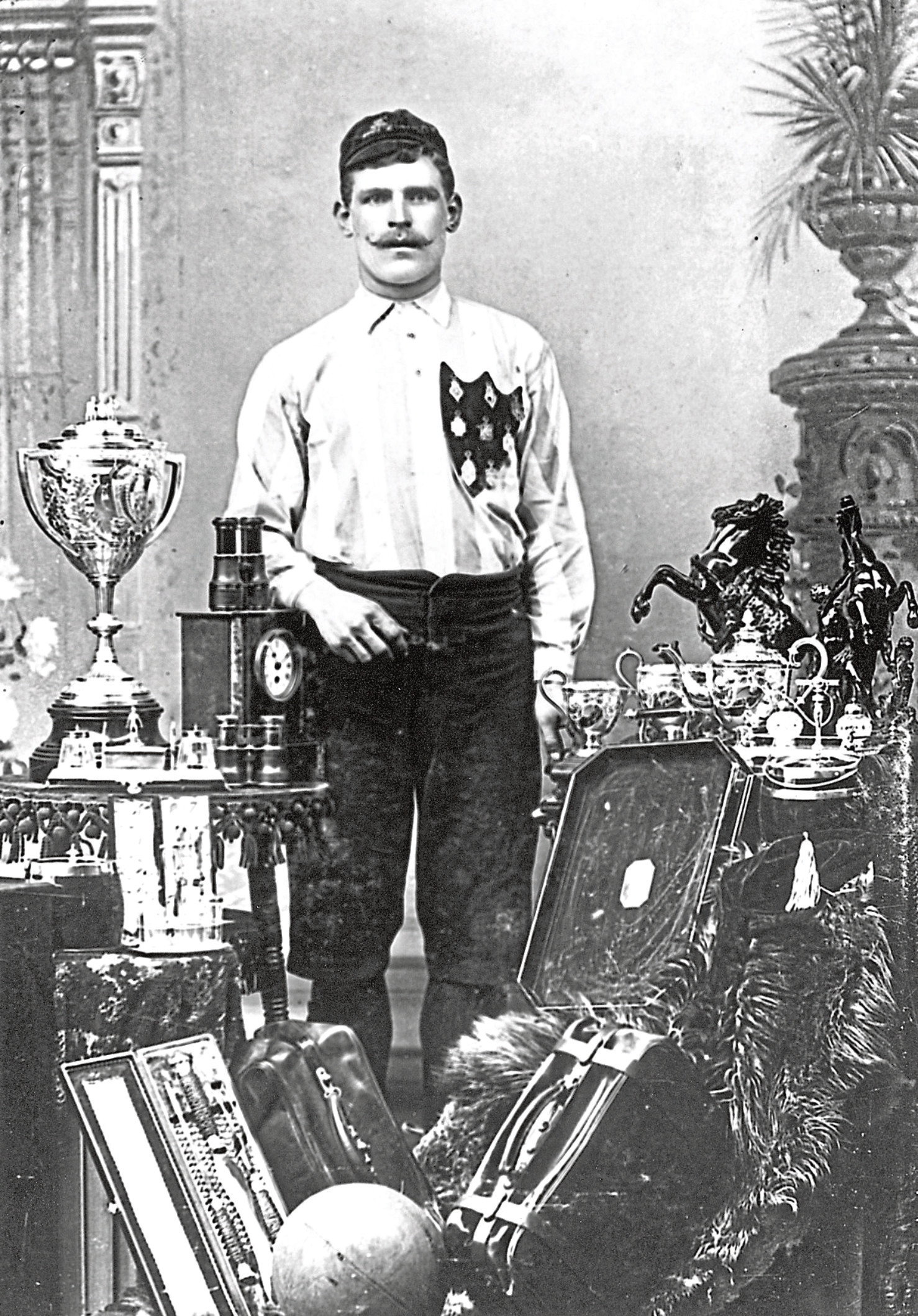At times during their history, Dundee Football Club have proudly boasted of being the city’s oldest professional football club.
While celebrations of their 125th birthday this year are confirmation of that, what the Dark Blues can’t claim to be is the first.
Indeed, it was the growing popularity of the game late in the 19th century that led to their very existence, through the desire of smaller local outfits to challenge at a national level.
The club was in some ways down to the existence of a man about whom little is known. He was Andrew Buttar, president of the Dundee Charity Football Association and, importantly, an official of one of the clubs already on the go in the city – Our Boys.
Buttar felt that by joining forces with one of their big local rivals, East End, a new club representing the city as a whole would be capable of doing it proud at national league level.
Perhaps surprisingly given the strong tribal nature of football even at that time and the fact an earlier attempt at amalgamation was thrown out by members of the clubs, within a month of him publicly airing the idea they’d met and put together an application for Scottish League membership.
So it was that on June 12, 1893, at their AGM, the new Dundee Football and Athletic Club was admitted to the league.
In doing so they beat off competition from Cowlairs and, more notably an Edinburgh-based outfit going by the name of Hibernian – whatever happened to them?
With just two months to the start of the new season, there was plenty work to be done and, less than two weeks after the league vote, a committee, of which Buttar was vice-president, had been formed to run things.
A home for the team had also to be found and, when hopes of playing at Carolina Port were dashed by another local side, Strathmore, obtaining the lease for it, Our Boys’ home at West Craigie Park, a ground that lay roughly between Albert Street and Morgan Street, was earmarked.
Work to get it ready for the national league was hastily arranged and carried out. At the same time the committee set about putting together a team capable of competing at a higher level. For the most part that involved picking the best performers from East End and Our Boys, though Scotland cap Sandy Keillor and a team-mate from Montrose, goalie Billy McKie, were also brought in.
So it was that, on August 12, barely three months on from the bid to form the club had gained real momentum, Dundee ran out to face Rangers at West Craigie Park on the first day of the new Scottish League season.
The Gers were already a well- established league outfit and had secured their first title just two years earlier, so for Dundee to come from two goals down to earn their first league point from a 3-3 draw was a creditable performance.
On top of the result, further vindication of the decision to move to the big stage came in the shape of a healthy 5,000 turnout for the game.
After a-not-unexpected defeat at eventual champions Celtic the following week, a first win came in the second home game at the end of August when Renton were edged out 3-2.
The 18-game campaign would yield a further five wins and two draws for an eighth-place finish and, although that meant they had to apply for re-election, the bid was successful. That first season also saw the team switch to first choice home Carolina Port, the ground many fans still believe was their original home.
And if that first campaign couldn’t quite be described as auspicious, it was a start and the beginning of an eventful next 125 years.
n Tomorrow – The Managers.

